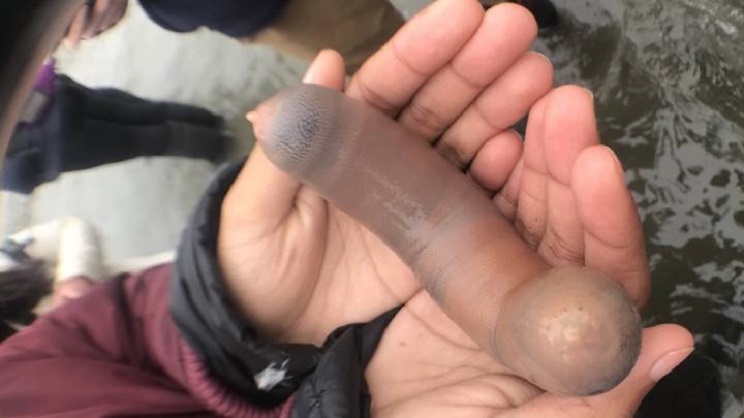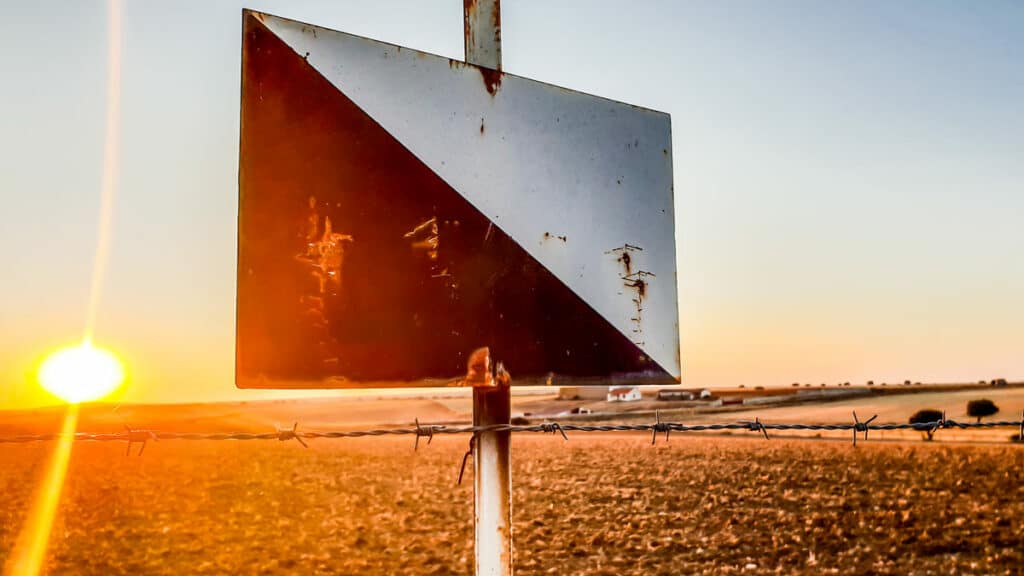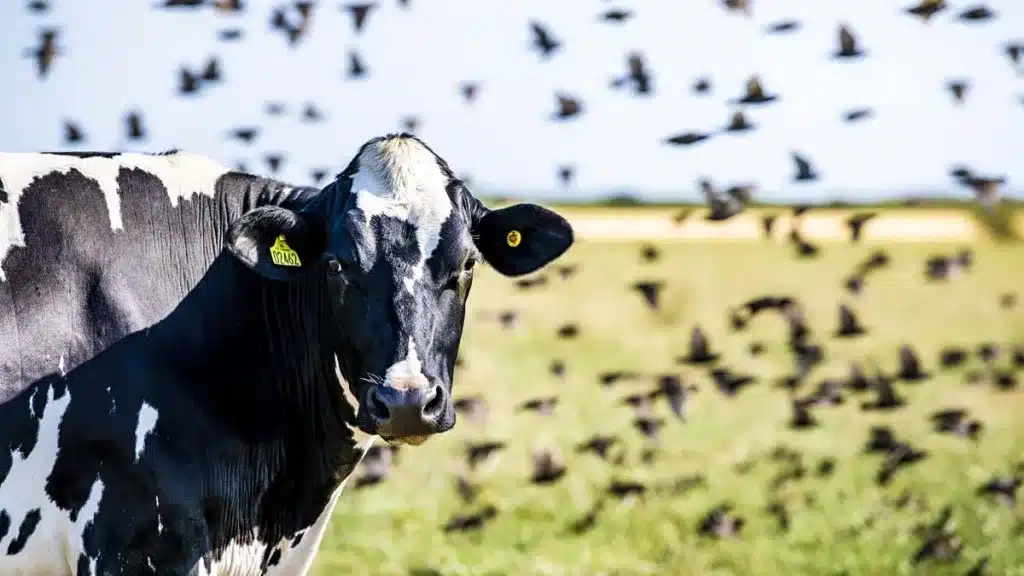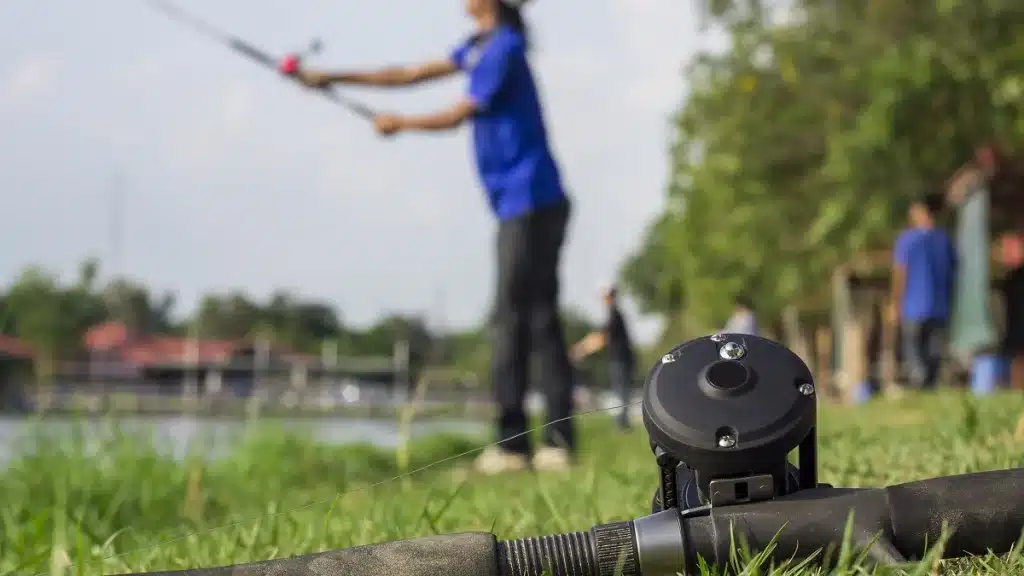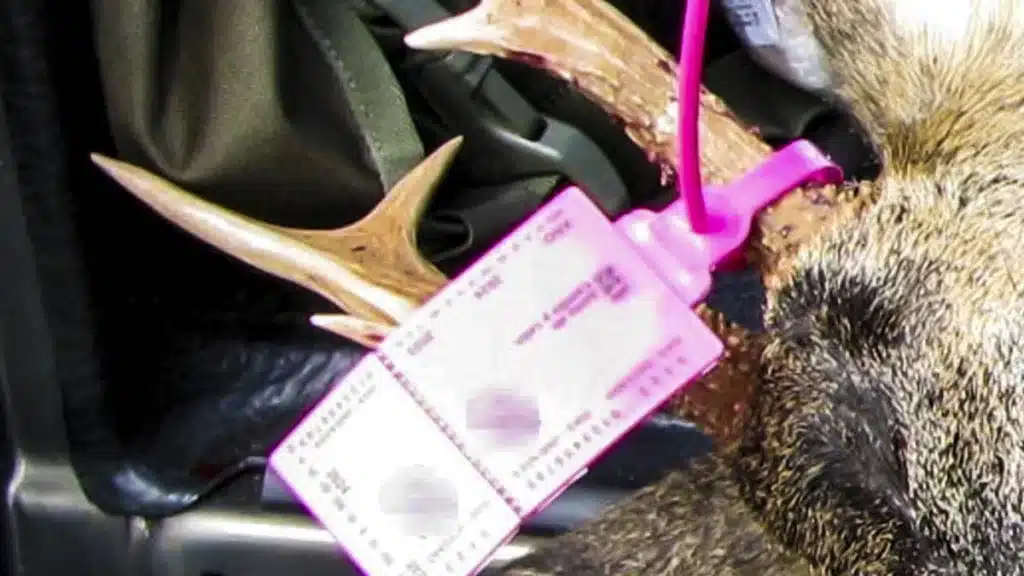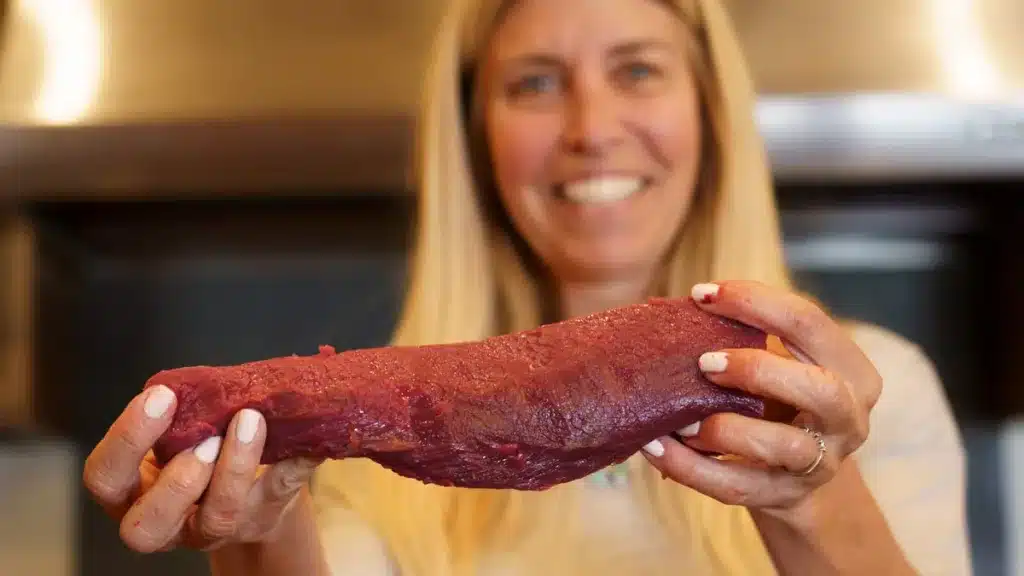Las extrañas criaturas han quedado al descubierto tras el fuerte oleaje provocado por el temporal que azota el norte de California.
17/12/2019 | Redacción JyS
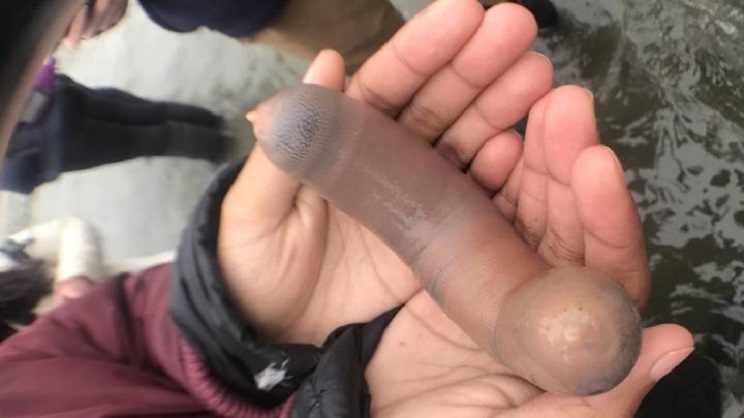
Tras las últimas tormentas invernales, miles de criaturas marinas con forma de pene han quedado al descubierto en Drake’s Beach, a unos 80 kilómetros de San Francisco (Estados Unidos). Se trata de gusanos marinos de unos 25 centímetros llamados gusanos posaderos o ‘gusanos pene‘, según explica la revista Bay Nature.
Estos animales suelen estar enterrados bajo la arena, pero las recientes tormentas han provocado un fuerte oleaje que los ha dejado al descubierto.
Tras el temporal, los ‘peces pene’ se han convertido en alimento para las gaviotas que habitan en la zona. Aquí otra fotografía de su presencia en las playas:

